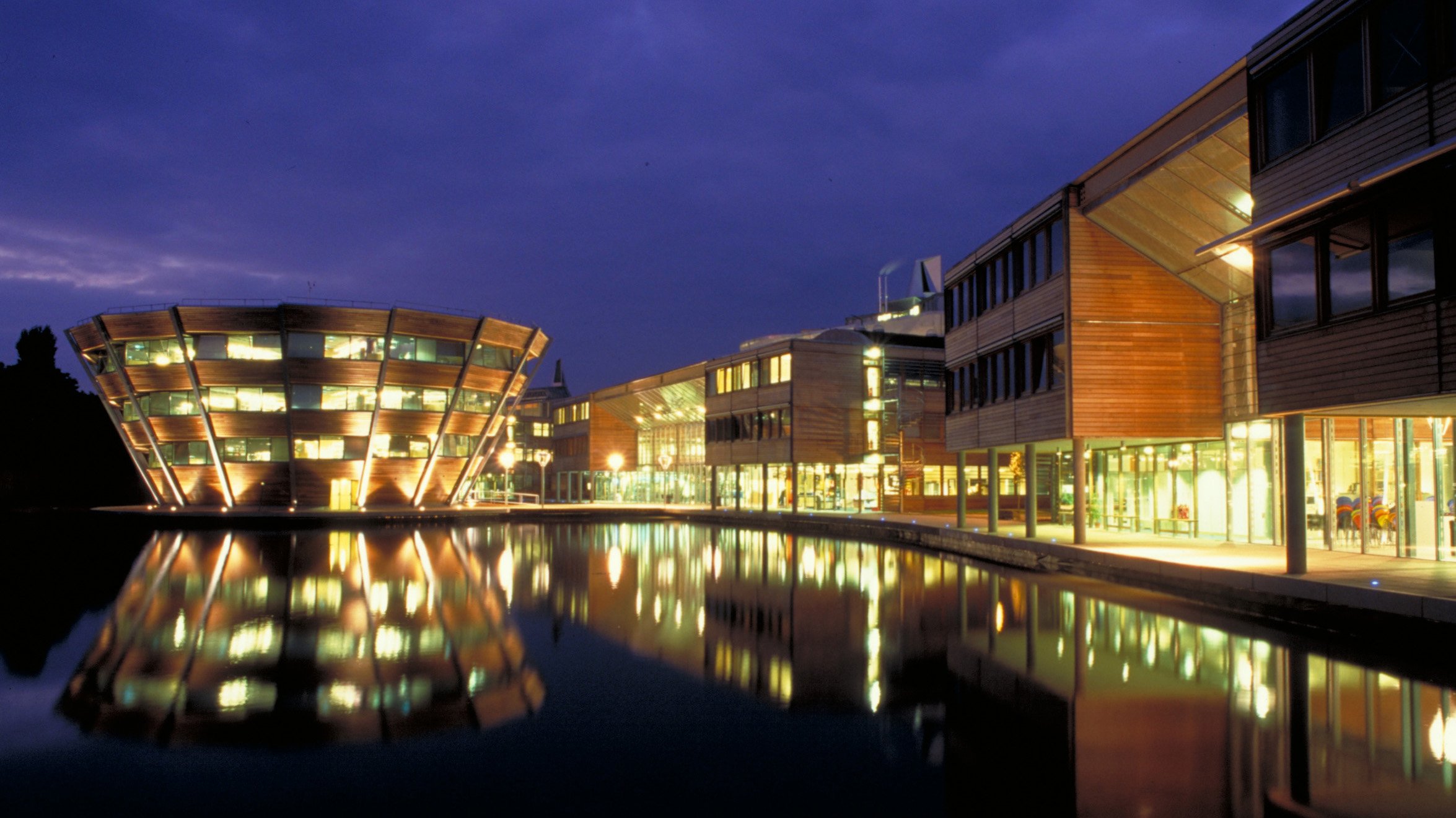
For the single-point method of ASTM E 1827, you normally select your reference pressure of. (ASTM E 779 is a multipoint test from 40 Pa to at least 75 Pa. This includes Roofs, Walls, Foundations and their component parts. The basic process of pressure testing new construction is to test the whole building under both negative pressure and positive pressure at a maximum test pressure of either 50, 60, or 75 Pa. When a military installation or Government - related facility(whether or not specifically named) is located partially within more than one city or county boundary, the applicable per diem rate for the entire installation or facility is the higher of the rates which apply to the cities and / or counties, even though part(s) of such activities may be located outside the defined per diem locality. By improving the performance efficiency of building envelopes, CABER strives to reduce emissions through optimizing all elements separating the climate-. is a group of architects, engineers, and other building science professionals who specialize in the design, inspection and testing of all elements of the 'Building Envelope'. Per diem localities with county definitions shall include "all locations within, or entirely surrounded by, the corporate limits of the key city as well as the boundaries of the listed counties, including independent entities located within the boundaries of the key city and the listed counties (unless otherwise listed separately)." Unless otherwise specified, the per diem locality is defined as "all locations within, or entirely surrounded by, the corporate limits of the key city, including independent entities located within those boundaries." Traveler reimbursement is based on the location of the work activities and not the accommodations, unless lodging is not available at the work activity, then the agency may authorize the rate where lodging is obtained. * M&V results demonstrate deployment potential for GSA
#BUILDING ENVELOPE WINDOWS#
GPG-032: Electrochromic Windows for Land Ports of Entry, May 2015*.GPG-032: Low-E Window Film, February 2017*.GPG-033: Electrochromic Windows for Office Space, November 2017*.GPG-036: Dual-Zone Indoor Shades, September 2018.GPG-048: Lightweight Quad-Pane Windows, November 2021*.GPG-049: Lightweight Secondary Windows, November 2021*.

Building envelope design is a specialized area of architectural and engineering practice that draws from all areas of building science and indoor climate control. Here are the published results, most recent on top. The building envelope (or the more modern term, building enclosure) is all of the elements of the outer shell that maintain a dry, heated, or cooled indoor environment and facilitate its climate control. The GPG program, working with federal laboratories, has tested the following technologies in GSA buildings. It also helps determine the amount of energy required to establish a comfortable indoor environment. Only materials approved by the Commission may be used in defining constructions. Research focus areas include high R insulation materials and self-healing materials, advanced building construction, thermal energy storage, active insulation materials and systems, envelope retrofits, moisture durability, grid services, highly insulated windows and controls for shading systems.The building envelope acts as a thermal barrier. These collaborations also include industry partners for the commercialization of developed technologies. The group collaborates with ORNL researchers that specialize in material science, polymeric chemistry, advanced manufacturing, imaging and machine learning, advanced composites, sensors and controls, and roll-to-roll manufacturing among others.

The Building Envelope and Materials Research Group has been using scientific expertise in heat, air, and moisture transport to develop and evaluate new building envelope materials and assemblies that reduce energy use, enhance occupant comfort, are moisture durable, and/or provide grid services. Designers, building enclosure consultants and manufacturers must. Increasingly erratic weather patterns and difficult environmental situations demand more from today’s building envelope products, systems and structures. Evaluating new building envelope materials and assemblies for comfort and energy efficiency Building envelope testing, certification and advisory solutions to help you compete in a complex global supply chain.


 0 kommentar(er)
0 kommentar(er)
